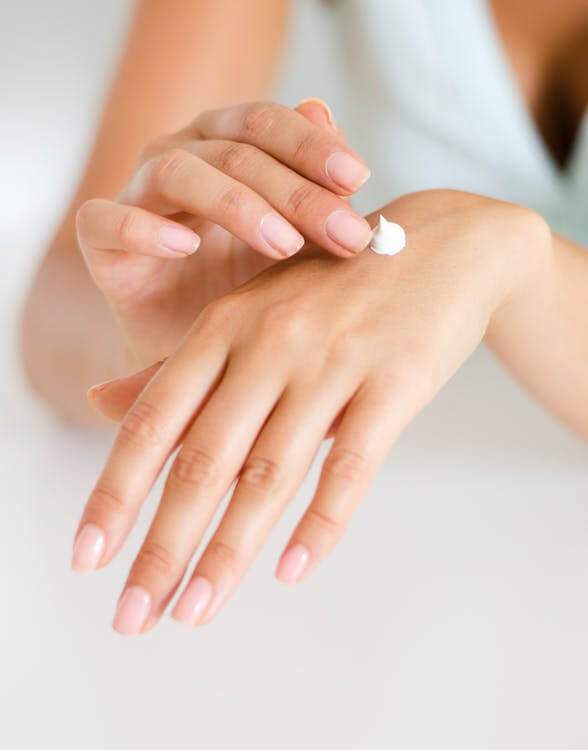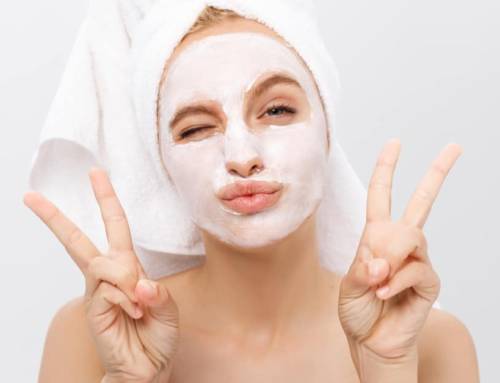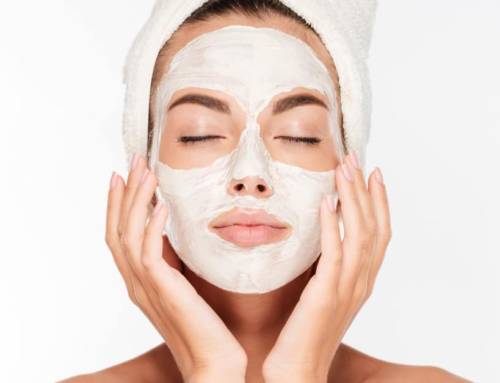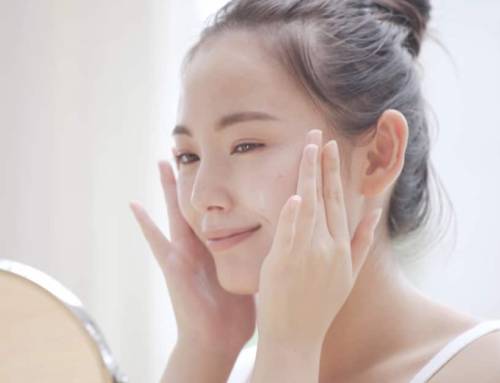Maintaining the Skin’s Microflora – a New Skincare Frontier
Considered one of the top trends for skincare in 2019, microflora restoration, or tending to the skin’s unique system of microflora with customized skincare products aimed at correcting and aiding all of the “good bacteria” living on the skin, is already all the buzz.
What is skin microflora?
The human skin contains over 1000 species of bacteria, all of which help maintain the functioning of the skin as a natural physical barrier. Frequently referred to as the skin’s microbiome or the skin’s microflora, every human has their own unique, specialized ecosystem of bacteria, or microflora, living on the surface of their skin.
Most of the skin’s microflora are found on the top layers of the epidermis or near the top of hair follicles. Most of these bacteria are non-pathogenic, and are commensal, or not harmful to the host, or mutualistic, i.e. offering some sort of benefit to the skin.

The skin’s microflora has become a topic of high interest as of late, as new research points to the critical role of microflora in maintaining both the health and the appearance of the skin.
“The skin is the human body’s largest organ, colonized by a diverse milieu of microorganisms…colonization is driven by the ecology of the skin surface, which is highly variable depending on topographical location, endogenous host factors and exogenous environmental factors. The cutaneous innate and adaptive immune responses can modulate the skin microbiota, but the microbiota also functions in educating the immune system…Advances in microbiology and immunology are revising our understanding of the molecular mechanisms of microbial virulence and the specific events involved in the host–microbe interaction. Current data contradict some historical classifications of cutaneous microbiota and suggest that these organisms may protect the host, defining them not as simple symbiotic microbes but rather as mutualistic.” – “The skin microbiome,” Elizabeth A. Grice and Julia A. Segre, NCBI
The importance of microflora maintenance
The skin’s bacteria system has several functions that support overall human health and proper bodily function. First, the skin’s microflora fight against and reduce inflammation. Additionally, the skin’s microflora promotes the healing of cuts and wounds and acts as a supportive physical barrier against environmental toxins or allergens.
But maybe most importantly, the skin’s microflora blocks disease-carrying, or pathogenic, organisms that can colonize the skin. Pathogenic organisms can harm the skin, and subsequently the rest of the human body, by competing for important nutrients and unnecessarily stimulating the immune system of the epidermis. In a worst-case scenario? Pathogenic organisms can even enter the bloodstream through the skin and create a host of life-threatening diseases.

However, as important as skin microflora is for the health of skin, new research also suggests that the skin’s microflora plays an increasingly important role in the appearance of skin.
Bacteria for better-looking skin
Scientific research now points to evidence that disturbances (whether environmental, stress, or allergy/irritant) to the skin’s unique microflora system can lead to a number of common skin issues and diseases, the kind that plague millions of consumers around the globe.
“The imbalance and/or the perturbation of the microbial populations that colonize the skin and that contribute to its defense may represent one of the causes of the development of non-infectious skin diseases. Atopic dermatitis, psoriasis, acne, and rosacea can be listed among these kinds of pathologies.” – “Skin microbiome and skin disease,” Picardo M1, Ottaviani M, NCBI
Thanks to researchers’ increased focus on the importance of maintaining the skin’s microflora to combat common skincare issues, many consumers are more aware of the fact. And they’re clamoring for products that can aid in boosting their personal skin microbiomes.
Care and feeding for microflora
The two most common aids to skincare microflora restoration and maintenance? Probiotics and prebiotics.
Probiotics are the live microorganisms found naturally in fermented foods like yogurt, kimchi, and kombucha, and are thought to improve or restore gut flora. On the other hand, prebiotics are typically non-digestible plant fibers that “act as food for human microflora. Prebiotics are used with the intention of improving the balance of these microorganisms.” Both are believed to improve the functioning of the skin’s microflora and thus the vitality and beauty of the skin.
As the research on as the health of skin microflora and application of prebiotics and probiotics expands, expect the consumer demand for “good bacteria” skincare products to rocket upwards – and to stay on that track for years to come.






